Young Justice is a 2010 animated TV show made by a collection of animators, artists, storytellers and writers that we tend to front with Brandon Vietti and Greg Weisman, for the Cartoon Network and at this point it seems that it’s something of a meme about just how very, very good it is. Talking to you about it like it’s some forgotten gem that is actually secretly amazing and great and you’d never have heard of it feels a bit silly. This show is on Netflix, it’s widely distributed and available and you, dear reader, almost definitely can check it out.
I’m not going to tell you anything you didn’t already know or couldn’t find out on your own and I get all itchy and awkward when I think that I’m putting on airs of liking something more obscure than it really is. After all, people like me grew up acting like we were the oppressed minority because we didn’t like what ‘the man’ put on radio, and instead listened to the things that were put on another, slightly different radio station, showing that we were, in fact, rebellious and different.
This self-feeding dialogue that there’s something countercultural about buying things from a slightly different multinational corporation always makes me uncomfortable about acting as if talking about a tv show or videogame is in any way illuminating of some obscure classic or enlightening you about some sort of fascinating garbage. I try to be as direct and honest as possible about my personal reactions to these things. With that in mind, I think Young Justice is really great. It’s got one great season and one kind of awkward season; as with almost all 2000s era animation it could have afforded a better budget and more chances to plan. You know, the Korra problem – if it’d been better made it’d be a better show.
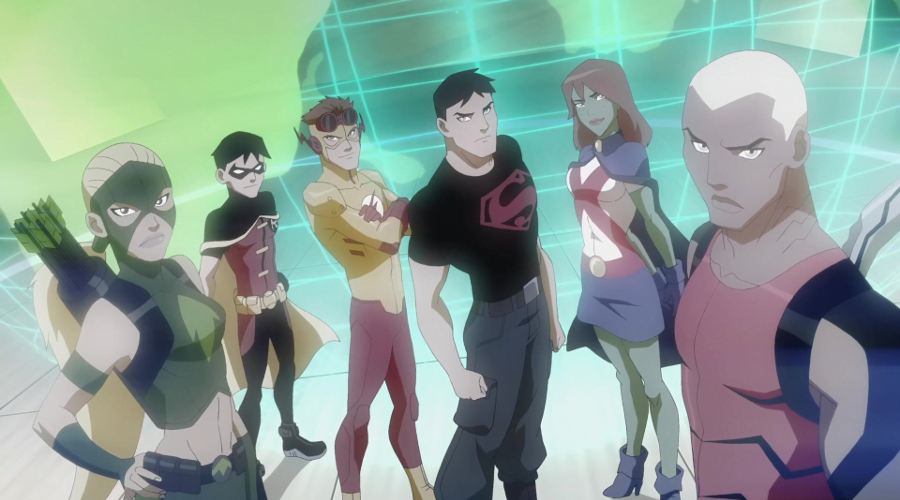
Nonetheless, Young Justice is a story set in the DC universe, with its superhero crew, that doesn’t need any other series as context, explains itself directly, gives fresh takes on a bunch of the characters if you already know them, and it’s basically one of the best ways to enjoy something that’s about the DC Superhero Universe without being mired down in ten miles of lore.
But we’re doing something a little different this time. I don’t want to talk about this series as much as I want to talk about something in this series, and I want to talk about the challenges of talking about it.
Don’t worry, this isn’t going to be heavy, this is just a lot of preamble for a lot of gushing.
But because this is different and because it’s nonstandard, I have a sort of special request. If you’re a woman interested in comics and superheroes, or if you’ve had The Genders, if you’re nonbinary, and if you’ve been on the fence about watching this show, wondering about whether or not there’s anything you want to see in it, I would ask you to check it out and come tell me what you thought about it.
Because there’s something I see in this, and I’ve seen someone else see it, but now I want to see who else sees it.
Okay, good? Good.
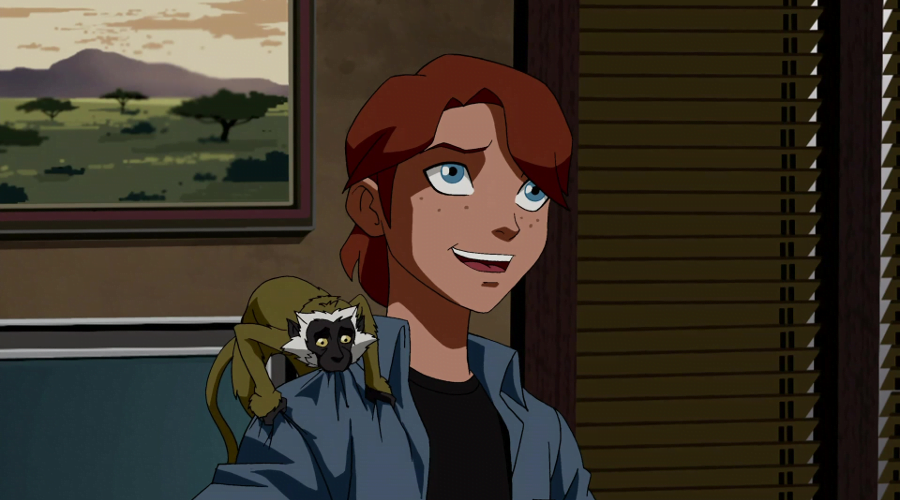
I’ve talked in the past about how gender in media is very different from sexuality. It’s difficult – not impossible, but difficult – to talk about gender in most conventional stories, because conventional story structures we use rarely talk about gender, certainly not in terms of an inner life. It’s really common to see two characters do a smooch on one another, and there’s a whole lexicon of language, both visual and spoken, for how to convey a character’s attraction (or attractions).
Before we even talk about ‘common stories’ ways of talking about gender, gender isn’t even a topic whose most engaged community members have a good language for. The language we use to describe experiences with gender tend to be borrowed terms, simile and metaphor. Even some ideas like ‘curious’ and ‘questioning’ come from the space of sexuality. Common refrains about gender will often use language, that, again, is from the people outside the question of gender, using terms like wrong, which both implies that there is something wrong with being transgender, or that it’s possible to ‘be your gender’ in a wrong way. Neither of which are true, but the struggle around these ideas is going to be, in part, influenced by the language you use.
Understand that when it comes to the cisgender, we needed a word for not trans and didn’t get it until 1998 (in peer review). People who aren’t cisgender have needed words to describe their relationship to gender for way longer than that, and they’ve sometimes had to make do with cobbled together arrangements.
That means that this isn’t something that’s got a reliable presence in stories and it’s not something with a reliable language for being represented in stories. When something does show up in a story about gender, it often has to be really unsubtle, or make sure the whole story is definitely, clearly, oriented around the gender thing. Young Justice isn’t about the gender thing. It’s a superhero story. It’s full of lots of different kind of stories and a bunch of fun things.
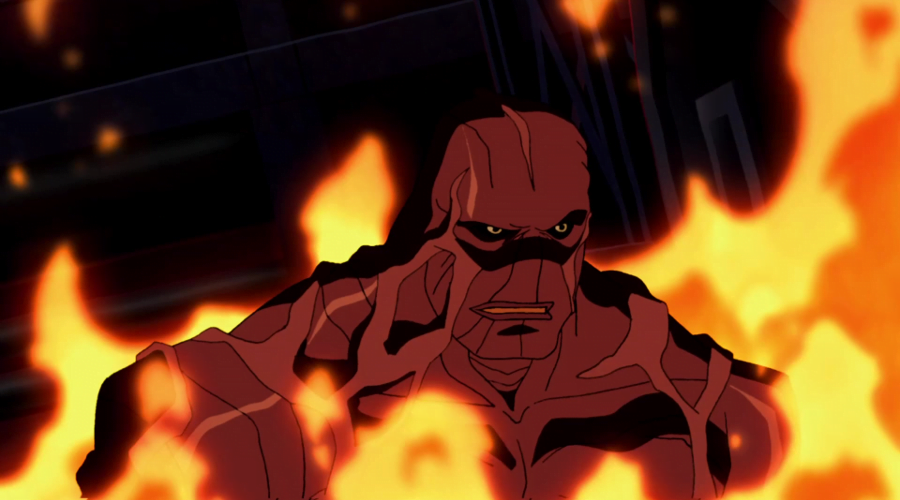
What this means is that when I talk about Young Justice, I do, honestly, want to talk about the adventure elements. The way that Connor has this really relatable story arc about being born into a world fully grown and with no idea how to use what your head’s full of. Maybe the way that the natural heroes without powers are represented as being immune to special targeting. There’s a whole story about Superman and Batman and the way their relationship is coloured by the way they both fail the boys they think are in their care. There’s Connor’s Two Dads, there’s the revamped backstory for Beast Boy, and Aqualad – Aqualad of all people – gets to be a main presence, interesting and legitimate in his own right. This story is jammed full of wholly contained, legitimately interesting smaller stories.
If you’re a nerd for these kind of comic book characters, this is a rich show. There’s a host of second-stringers, unimportant nobodies and total losers that the story turns into legitimate interesting threats without giving in to the more standard grimness that tends to result when people try and ‘update’ older DC characters. This is a show where you can watch a bunch of episodes and get a good, fun, non-angst-ridden superhero story about outwitting a bad guy and saving the day. I love that stuff.
What I also love about it, though, and why I started with this 101 on Talking About Gender in Media, is something that I feel is there, in the series, but is also something that I can’t in good conscience defend as text. That is to say, there is coding in this series that creates an impression of something rare, something I want to be there, but not something I can 100% say is actually there.
Complicating this is, given that these are issues of interpretation, I don’t want to tell you, go watch this series and check out this character who has this really interesting aspect to them, because then you’ll look at that character and look for my interpretation. I will infest you with the mind virus of what I think is true, and then you will not be able to come to the same conclusion as me, but instead will come to my conclusion.
Normally, I don’t care about this – you should want my interpretations of media because they’re great and I’m super smart and spoilers are a fake idea – but when it comes to this specific idea of decoding a message, I don’t want to pollute your ideas with mine. I want you to go check it out and if you come to the same conclusion I did, then I want to talk about it with you, because I want to know how you got where you got, too.
You don’t necessarily have the time, though, so with all that preamble, let’s get to it.

The name I’m dancing around here, ██████ in the subject title is M’gann.
This really was my first experience of M’gann M’orrs as a character. She’s a relatively recent one in this kind of space – first appearing in a 2006 comic, and then being brought to prominence in this cartoon. Absolutely, M’gann is a Girl Of the Millenium, a comic character who didn’t have a century of baggage to maneuver around, but Young Justice is pretty good at being her codifying place.
And I’m pretty sure M’gann is transgender.
Telling you about this is really rushing things – I mean this is a story that comes out in bits and beats over 21 episodes, and continues on for another thirty. This is not a character who is about her gender, this is a character who is about values, about learning, about alien interactions, and about performance, and gender is one thing that plays into that. When I tell you about this bit in her story, I really don’t want you thinking she sits around for 20 episodes until The Genders hits.
In episode 21, we learn that M’gann was born in a body wildly different to the one she presents; she can shapeshift into her current body, but extreme sources of trauma can ‘force’ her back into an appearance that’s a bit more like a great big white isopod. The character she was isn’t related to the people she said, since she’s adopted, and the body she was born into isn’t the one she wants. M’gann shapeshifts multiple times in the series, she has her memory wiped a few times, but she almost always defaults to the body that you see here – the cute girl.
Notably, this is a cute girl she loved from a tv show she grew up watching.
M’gann, the personality, the appearance, is literally a performance she presents, that she wants to be. It was something she created for herself, something she enjoys, it’s what she wants, and it’s what she chooses.
Now, in the comics, she at one point describes her white martian bug body as ‘not who I am, just the body I was born with.’ That makes it much more explicit, and suggests the writers are actually on this page here.
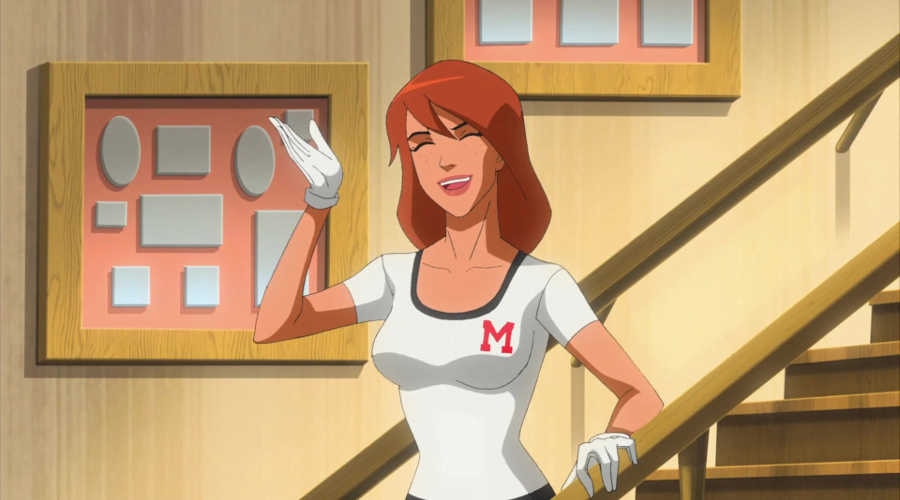
This is all a bit weird to discuss. I love M’gann as a character in the first season and most of the second too (dating L’gann shows a breathtaking lack of taste). I don’t know where they’ve gone since in the new series. I don’t think it’d be a misjudgment to say that if I had been the target age for this show when it was new I’d have grown up with an overwhelming crush on M’gann. Finding out that the affect, that personality and how she acted was chosen not ‘accidental’ would actually make her seem cooler to me.
I really like characters who make choices. I like it when people are shown cutting themselves off from pasts they don’t like and making something new. I actively love it when a story respects the choices of women. Like it’s such a weird thing to point to, but I realise that a lot of my favourite stories feature characters who make meaningful choices. The idea that women can choose means that what they choose matters, what they choose has reasons.
Now, not to get into the conversation about My Personal Boner or anything like that, but it’s always struck me as eerie the way that a lot of guys I know value ‘naturalness’ in partners. Setting aside that they almost always don’t know what is or isn’t natural, the naturalness they pursue is often a vision of partners that just happen into things, don’t make choices, they just are the way they are. In lots of media I watched growing up this often meant that women who were meant to be love interests or the like, they were sometimes kind of spacey or oblivious. It often felt a bit like people really wanted a piece of furniture, with boobs.
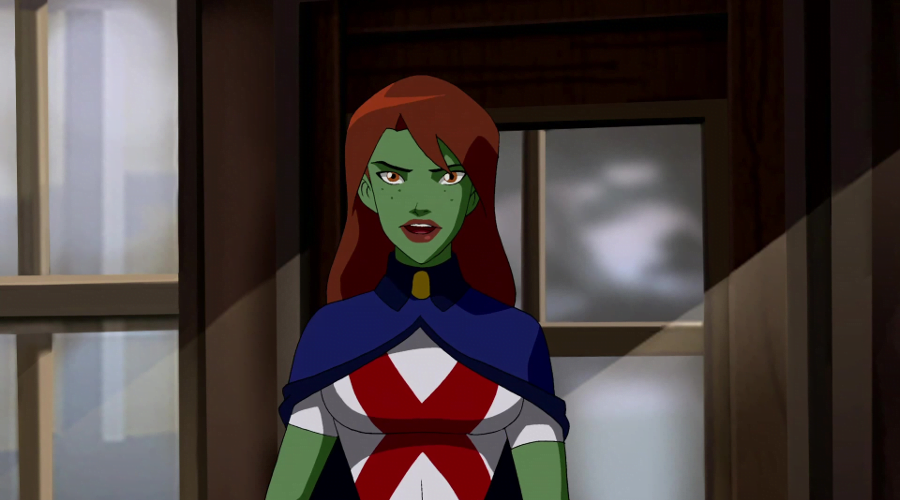
Then I suppose, I did see some resonance with myself. I mean, I had to make choices to be who I was. I used to be a much, much worse person than I am. Even only six years ago. I hate the idea I’m destined to be who my father and mother crafted randomly. The idea of being bound to the person I ‘have’ to be, rather than a person I can shape by my own choices matters so very much to me.
Anyway, M’gann M’orzz is a weeby trans girl who became the awesome hottie superheroine she wanted to see in the world, and I think she’s great.
Oh, and Brent Spiner’s joker sucks ass.
